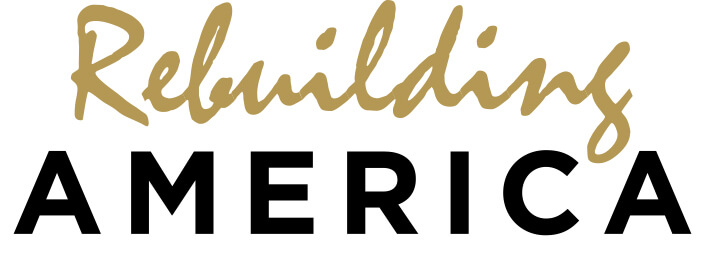BACKGROUND ON THE PROJECT
Chicago’s size and central location has made it a long-standing financial and manufacturing hub in the United States. Home to nearly 3 million residents, Chicago is one of the largest cities in the nation. Chicago is in the top ten for largest gross domestic product (GDP) in world metropolitan areas, just behind Tokyo, New York City, and Los Angeles. Chicago is also one of the most important global centres of commerce and trade.
PROJECT OVERVIEW
Rebuilding America LLC was initially focused on buying distressed properties and renovating them on a “full gut” rehab basis. This is stripping out the entire contents of the interior and completely remodeling the property. Efforts in the first instance were predominantly in the south side of Chicago. As market conditions changed, due to a high number of investment companies bidding for the same commodities, the focus shifted from the south side, to the north of Chicago.
Chicago initially granted construction permits for Residential Rehabs and these could be obtained online, and would usually be issued on the same day. The original vision for the Rebuilding America project, as stated, was to complete a full gut refurbishment. A change to the issuing of construction permits in Chicago, led the project to re-evaluate the model. Permits would now need architectural drawings and multiple points of inspection, which had to be scheduled with a city inspector. This would have stretched construction schedules by an additional 12-15 weeks, as well as an additional $10,000 in costs.
Due to the permit complications and additional costs the project has now moved towards a ‘lipstick’ refurbishment model.
Rebuilding America’s new ‘lipstick’ model involves a light rehab, upgrading the property, as opposed to a full gut rehab. The ‘Lipstick’ model takes on average of 10-15 days to remodel a property. The switch, based on market research, now offers a higher yield rental programme. Upgraded properties will be tenanted and sold on to investors looking for rental portfolios, based on cap rates or yields.
